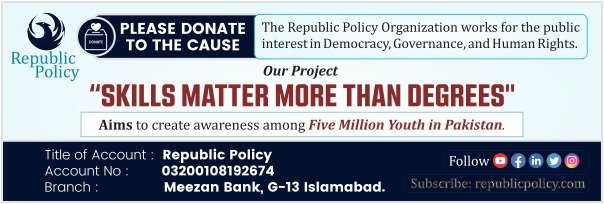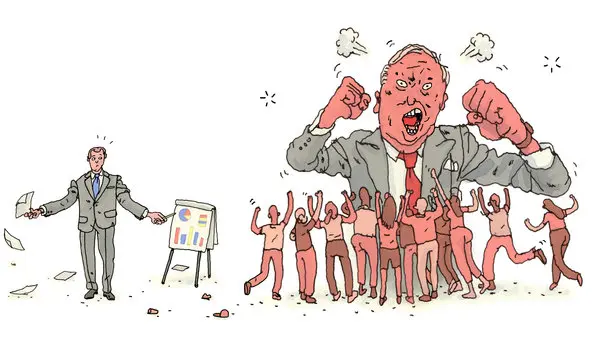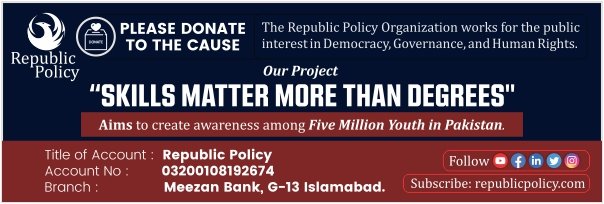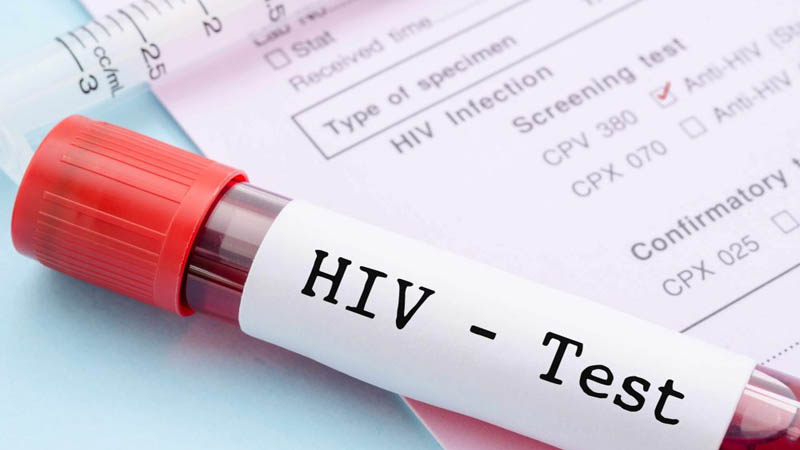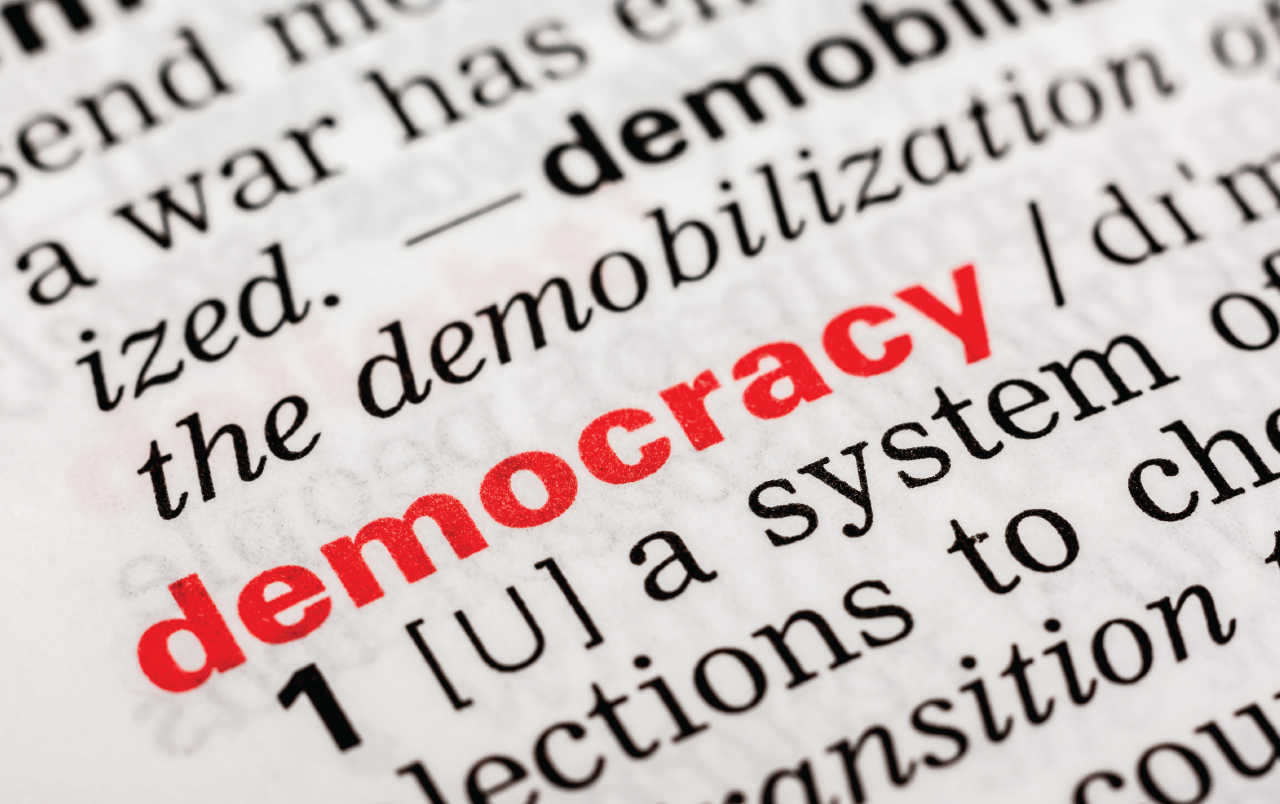Hafeez Ahmed Khan
Populism and organized political parties, while often intertwined, represent distinct forces in the political landscape. Understanding their differences sheds light on why populist sentiments alone struggle to translate into electoral success without the structure and strategy of a formally organized party.
Populism can be best described as an ideology or discourse, a way of framing political issues. It thrives on identifying a “pure people” (often the working class, rural populace, or a national majority) pitted against a corrupt elite. Populist rhetoric relies on simple narratives, emotional appeals, and an “us vs. them” mentality. It promises to restore power to the people, tackle economic anxieties, and challenge established institutions.
Political parties, on the other hand, are organized structures designed to compete for power in elections. They offer a platform for articulating policies, mobilizing voters, and fundraising. Parties develop disciplined structures, build coalitions, and craft strategic campaigns. They provide a framework for translating populist ideas into concrete legislative agendas and mobilizing resources to get them heard.
Here’s why relying solely on populism is rarely enough for electoral success:
1. Lack of Cohesion: Populist movements often lack internal coherence. Diverse groups with varying grievances may rally under the banner of “the people,” but their specific demands and solutions can clash. Without a party’s unifying structure, these movements struggle to maintain momentum and present a clear agenda to voters.
2. Difficulty Mobilizing: Mobilizing large numbers of voters requires resources, infrastructure, and organizational discipline. Populist movements, operating outside established party structures, often lack these. They may struggle to reach voters, register them, and get them to the polls on election day.
3. Vulnerability to Co-optation: Existing political parties can easily “borrow” populist rhetoric and appeal to similar frustrations. Without a distinct organizational identity, populists risk seeing their ideas absorbed by established players, leaving them with no clear path to power.
4. Challenges in Governing: Even if elected, populist leaders without a strong party backing face difficulties in governing. Implementing complex policies requires negotiation, compromise, and skilled bureaucracy. Populist movements, often built on oppositional rhetoric, may lack the capacity and internal organization to navigate the intricacies of policymaking and governing effectively.
Therefore, populism and organized political activity, while distinct, offer a powerful synergy. Populist ideas can energize and mobilize support, while parties provide the structure and resources to channel this energy into electoral success and effective governance. When populism remains outside the framework of organized parties, it often becomes a fleeting phenomenon, unable to sustain its momentum and translate its appeal into lasting political change.
Hence, understanding the interplay between populism and political parties is crucial for comprehending contemporary political dynamics. While populist sentiments can resonate with voters, translating them into concrete results requires the organizational muscle and strategic manoeuvring of established parties. Without this symbiotic relationship, populism often risks being mere political theatre, offering alluring promises but lacking the means to deliver on them.
Observation about PTI’s preference for populism over party organization presents an interesting perspective on their current challenges. Relying heavily on populist rhetoric and charismatic leadership can indeed have drawbacks, particularly when it comes to the internal functioning of a party.
Here’s how PTI’s focus on populism might be impacting the areas you mentioned:
Awarding Tickets: When party structures are weak, ticket distribution can become a more personal affair, influenced by factors like loyalty to the leader or popularity among immediate supporters rather than merit or grassroots support. This can lead to resentment and dissatisfaction among other party members.
Electoral Alliances: Building alliances requires compromise and negotiation, skills that can be hampered by an overreliance on populist “us vs. them” narratives. PTI’s past stances on certain issues or its confrontational style might make it harder to find partners who share their values but don’t clash on other fronts.
Grassroots Mobilization: Effective mobilization relies on a network of local workers and structures. Without a strong party organization at the grassroots level, it can be challenging to get volunteers, coordinate activities, and effectively reach out to voters.
Intraparty Elections: When the party’s identity is heavily tied to the leader, internal elections can become personality contests rather than debates on policy or vision. This can further exacerbate divisions within the party and undermine internal democracy.
Judicial Cases: Managing legal challenges requires a team of skilled lawyers and strategists. A weak party structure might lack the resources or expertise to effectively handle these cases, potentially putting the party’s symbol or even its existence at risk.
However, it’s important to note that PTI also has a strong base of loyal supporters who are drawn to its populist message and the leadership of Imran Khan. These supporters can provide a certain level of momentum and electoral potential, even in the absence of a robust party organization.
Ultimately, PTI’s future success will likely depend on its ability to strike a balance between populist appeal and effective party organization. Building a strong network of grassroots workers, establishing transparent internal processes, and developing alliances with like-minded parties could help them overcome their current challenges and translate their populist sentiments into sustained political success.
It’s important to remember that politics is a complex landscape, and any analysis is inherently subjective. This discussion merely provides one perspective on PTI’s situation, and the future remains to be seen.
While populist ideologies can ignite voter passion and tap into widespread disgruntlement, their fiery rhetoric alone risks flickering out without the crucial structure of the organization. For a populist party to truly ignite and sustain electoral success, the organization acts as the fuel that keeps the flames burning bright.
Here’s why:
1. Channeling Momentum: Populist movements often surge with emotional energy, but without direction, this energy evaporates like steam. Party structures provide the channels to direct this momentum into strategic campaigns, voter mobilization drives, and targeted messaging. Through local chapters, volunteer networks, and disciplined communication channels, populist ideas can be translated into on-the-ground action, ensuring the fire reaches every corner of the electorate.
2. Cohesive Platform: Populism’s “us vs. them” message can resonate, but it lacks the nuance for concrete policy. A strong party organization provides the platform to develop, debate, and refine populist ideas into coherent policy agendas. This allows the party to address specific concerns of diverse sections of the “people,” build coalitions beyond the initial base, and present a united front to the electorate, not just an echo of popular frustrations.
3. Tactical Advantage: Elections are complex battlegrounds, requiring strategic maneuvers and disciplined execution. An organized party provides the intelligence, resources, and manpower to navigate this terrain effectively. From data analysis and targeted campaigning to voter registration drives and legal defenses, strong structures give the party the tools to outmaneuver opponents and optimize their message for maximum impact.
4. Sustaining Momentum: Populism thrives on momentum, but maintaining it through election cycles requires more than just charismatic speeches. A robust party organization ensures continuity beyond individual leaders or fleeting trends. By nurturing young talent, fostering internal democracy, and building grassroots connections, the party lays the foundation for long-term success, preventing populism from becoming a mere flash in the pan.
Hence, while populist rhetoric may spark the initial fire, it’s the organizational fuel that allows a party to truly blaze a trail to electoral success. By channeling momentum, forging a cohesive platform, mastering tactical operations, and ensuring long-term sustainability, the organization transforms the fleeting heat of populism into a steady, powerful flame that can illuminate the path to victory.
Please, subscribe to the YouTube channel of republicpolicy.com


